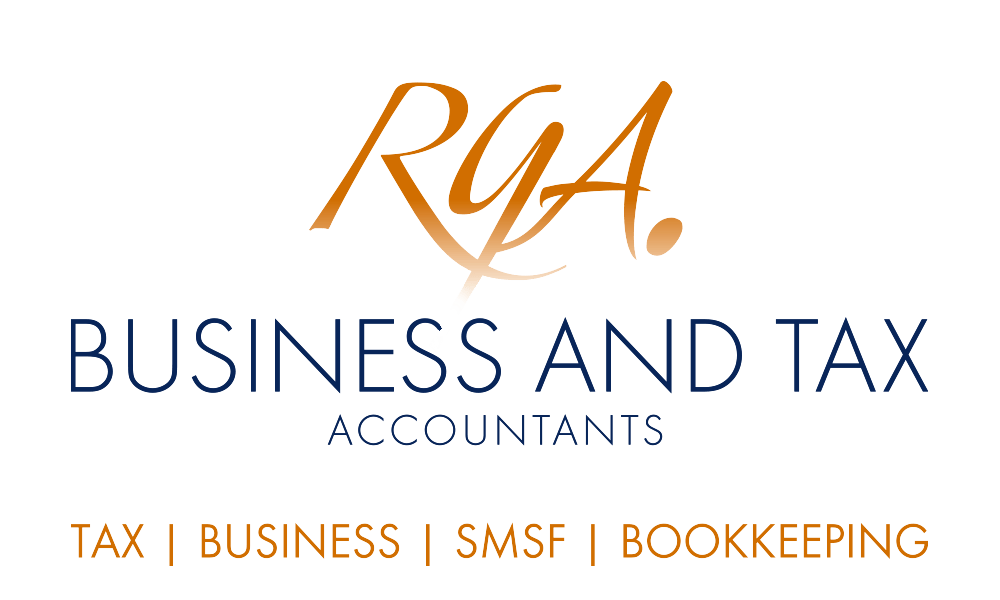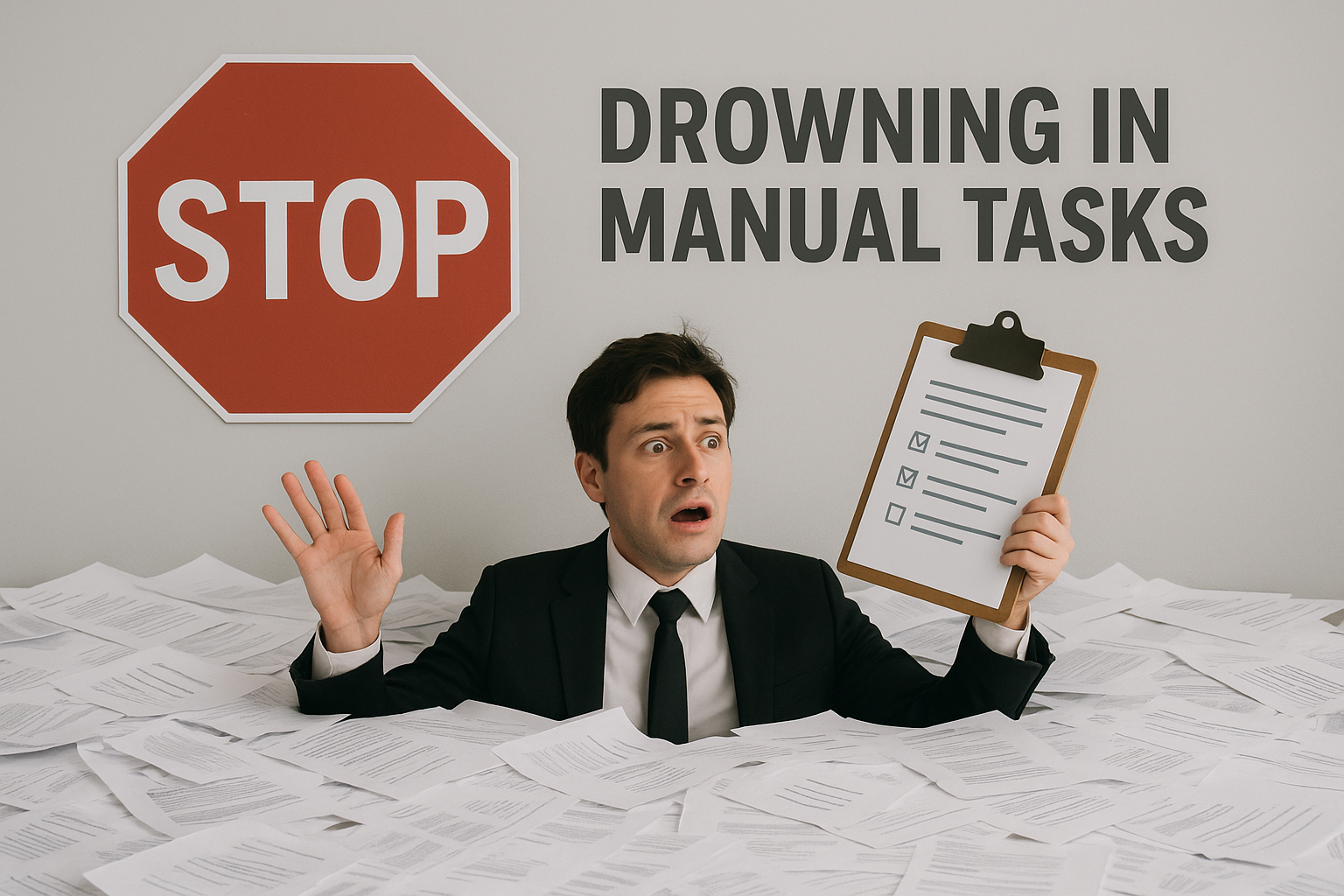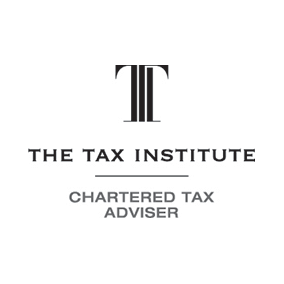
The ATO has issued a warning to trustees of SMSFs about sloppy valuation practices. ATO data analysis has revealed that over 16,500 self managed superannuation funds (SMSFs) have reported assets as having the same value for three consecutive years. With many of these assets residential or commercial Australian property, you can forgive the ATO for being incredulous.
For trustees of SMSFs, where asset values are consistently reported at the same value, it’s likely your SMSF will be flagged for closer scrutiny by the ATO. The value of assets in your SMSF impacts on member balances and by default, can impact the amount you can contribute, ability to segregate assets for exempt current pension income, the work test exemption and access to catch-up concessional contributions. And, as we move closer to the implementation of the Division 296 $3m superannuation tax, valuations will be very important for anyone with a member balance close to or in excess of $3m.
If the asset is an in-house asset, for example a related unit trust, then an accurate valuation is essential to ensure the fund remains within the 5% in-house asset limit. If the value of in-house assets rises above 5% of total assets, the asset/s need to be sold to bring the limit back below 5%.
Valuing at market value
Each year, the assets of your SMSF must be valued at ‘market value’ and evidence provided to your auditor. Broadly, market value is the amount that a willing buyer of the asset could reasonably be expected pay to acquire the asset from a willing seller assuming that the buyer and seller are dealing at arm’s length, and everyone acts knowledgeably and prudentially. It’s a common sense test that looks at the value you could reasonably expect to achieve for an asset.
If your SMSF holds collectible and personal use assets like artwork, jewellery, motor vehicles etc., a valuation must be performed by a qualified independent valuer on disposal. This does not necessarily mean that an independent valuation needs to be completed every year but at least every three years would be prudent. If you are not utilising an independent valuer, you will still need to make an active assessment based on market conditions. For example, if you hold artwork and the artist who created your investment artwork died, has this changed the value? Are the primary and secondary markets for the artwork transacting at a higher value? Leaving the value of the asset at its acquisition price calls into question the rationale for acquiring the asset within the fund in the first place. If the asset is unlikely to add any value to your retirement savings, then should it be held in your SMSF when you could achieve a higher rate of return elsewhere?
In most cases, the ATO require trustees to value an asset based on “objective and supportable data”. This means that you should document the asset being valued, a rational explanation for the valuation, and the method in which you arrived at it.
Valuing real property
Commercial and residential real estate does not need to be valued by an independent valuer. But, if there have been significant changes to the property, the market, or the property is unique or difficult to value, it is a good idea to have a written independent valuation from a valuer or estate agent undertaken (their report should also document the valuation method and list comparable properties).
If you are completing the valuation yourself, ensure that you document the time period the valuation applies to and the characteristics that contribute to the valuation. For example, a 10 year old brick four bedroom property on 640m2 of land in what suburb and any features that make it more or less attractive to a buyer, for example proximity to transport. And, you should access credible sales data either on similar properties in the same suburb that have sold recently or from a property data service. More than one source of data is recommended.
The estimates on a lot of online property sales sites are general in nature and not reliable for a valuation of a specific property. The average price change for the suburb however could be used as supporting evidence of your valuation.
For commercial property, net income yields are required to support the valuation. Where the tenants are related parties, for example your business leases a commercial property owned by your SMSF, you will need evidence that a comparative commercial rent is being paid and the rent is keeping pace with the market.
Valuing unlisted companies and unlisted trust investments
Valuing unlisted companies and unlisted investments can be difficult. The financials alone are not enough. But, if your SMSF invested in an unlisted company or shares in a unit trust, then there is an expectation that the trustees made the decision to make the initial acquisition based on the value of the asset, its potential for capital growth and income generation. That is, if you assessed the market value going into the investment, then it should not be a stretch to value the asset each year.
The difficulty for many investors is that in unlisted companies or trusts, the initial investment was broadly equivalent to the cash requirements of the activity being undertaken.
Generally, the starting point is the value of the assets in the entity and/or the consideration paid for the shares/units. For widely held shares or units, this is the entry and exit price.
Where property is the only asset, then the valuation principles for valuing real property are likely to apply.
Where there is no reliable data or market
We’ve seen a few scenarios where the assets purchased or created by the SMSF have no equal or there is no market – the true extent of the value will only really be known when the asset is realised. These unusual items default to either a professional valuation or a viable market assessment. This might be a derivative of the purchase price or data from a related market.
Valuations and the impending Division 296 tax on super earnings
The value of assets will be particularly important for those with super balances close to or above the $3m threshold for the impending Division 296 tax on fund earnings. Because the tax will measure asset values and tax the growth in earnings above the $3m threshold, accurate valuations will be important to ensure that the fund does not pay tax when it does not need to, and to reduce the likelihood of anomalies artificially inflating tax payable.
Need Help with your Business, Bookkeeping, Tax or SMSF requirements?
If you would like a little help, please get in touch with us for assistance. We can help with your business, bookkeeping, tax and SMSF requirements.
IMPORTANT: This communication is factual only and does not constitute financial advice. Please consult a licensed financial planner for advice tailored to your financial circumstances. Please also note that many of the comments in this publication are general in nature and anyone intending to apply the information to practical circumstances should seek professional advice to independently verify their interpretation and the information’s applicability to their particular circumstances. Should you have any further questions, please get in touch with us for assistance with your SMSF, business, bookkeeping and tax requirements. All rights reserved. Brought to you by RGA Business and Tax Accountants. Liability Limited by a scheme approved under Professional Standards Legislation.









